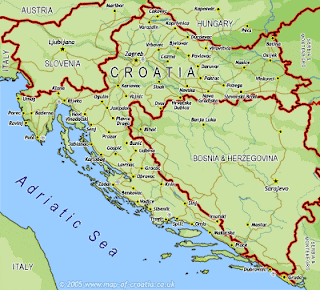Spring, my favorite season, has been very unwilling to show itself this year in New York. So I am grateful for the little signs of warmer months that I see in the markets and on menus, especially the delicate little shoots of asparagus. A peek at the recently discovered Canal House lunchtime photo blog inspired this quick and easy dinner, which I paired with a 2010 Babich Sauvignon Blanc from New Zealand.
Asparagus and Lemon-Butter Pasta with Soft-Boiled Eggs
serves 2
- Fresh pasta (preferably sheets of lasagne, torn into even strips)
- 1 bunch of fresh, local asparagus, shaved with a vegetable peeler
- 1 lemon
- Tbsp butter
- 3 eggs
- Parmigiano, freshly grated
Blanch the asparagus, then set aside. Bring two pots of water to boil. In one, add the three eggs and let cook for 6 minutes. Remove immediately and let cool in an ice bath. In the other, add, salt then cook the pasta briefly, until soft (2-3 minutes). Drain and retain some water for the sauce.
In a separate pan, soften the butter and add the juice of the lemon. Toss the pasta in the sauce, using some of the pasta water if needed.
Plate the pasta, then place the asparagus on top. Peel and slice the eggs immediately before serving. Top with freshly grated parmigiano, as well as salt and pepper if desired.





